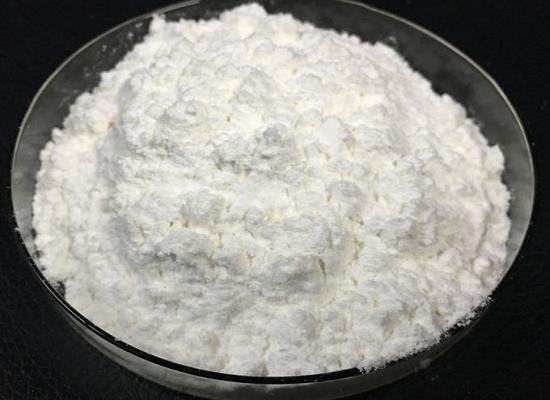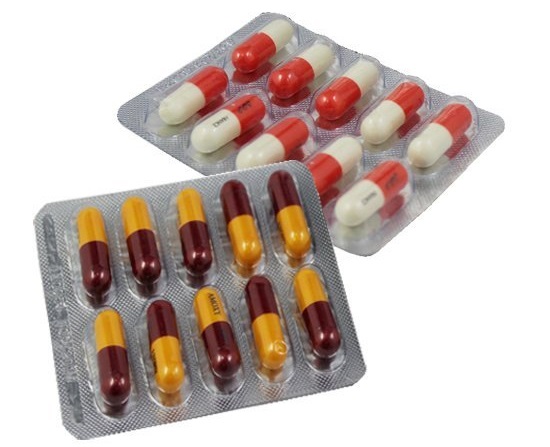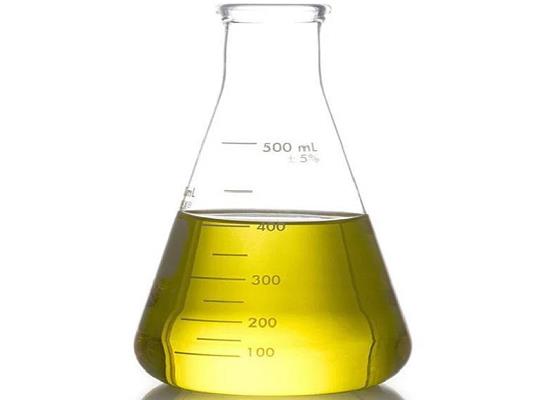Active Pharmaceutical Ingredients (API), popularly speaking, are the raw materials of medicines, only pharmaceutical raw materials are processed into pharmaceutical preparations , can they become medicines available for clinical use, so drugs we usually eat are the finished drugs through processing. Active Pharmaceutical Ingredients based on its sources can be divided into two major categories ,including chemical synthetic drugs and natural chemical drugs. Chemical synthetic drugs can be divided into organic synthetic drugs and inorganic synthetic drugs. Inorganic synthetic drugs are inorganic compounds ( very few is element), such as aluminum hydroxide, magnesium trisilicate which are used for the treatment of gastric and duodenal ulcers ; organic synthetic drugs are mainly composed of drugs made by basic organic chemical raw materials, through a series of organic chemical reactions (such as aspirin, chloramphenicol, caffeine, etc.). Natural chemical drugs ,based on its sources,can be divided into two categories including biochemical drugs and plant chemical drugs. Antibiotics are generally made by the microbial fermentation, which belongs to the biochemistry category. A variety of semi-synthetic antibiotics occurs in recent years,which are biosynthesis and chemical synthesis combining products.Among active Pharmaceutical Ingredients, the organic synthetic drugs varieties, yields and values have the largest proportion,which are the main pillars of the chemical and pharmaceutical industries. The quality of active Pharmaceutical Ingredients decides whether the formulation is good or bad , so its quality standards are very strict ,countries in the world have developed national pharmacopoeia standards and strict quality control methods for its widely used active Pharmaceutical ingredients.
Bis(cyclopentadienyl)zirconium dichloride: Properties and Applications as Catalyst
Bis(cyclopentadienyl)zirconium dichloride is a highly reactive, selective, and stable catalyst used in polymerization reactions, including styrene and ethylene.
Feb 28,2024 APITamoxifen: Origins, Clinical Trials and Dose
Tamoxifen revolutionized early breast cancer treatment with established 5-year adjuvant therapy. Lower doses like 5 mg/day show promise, especially in postmenopausal women.
Feb 28,2024 API3-Chloroaniline: Applications in the Chemical Industry, Production Methods and Toxic Properties
3-Chloroaniline, a key chemical intermediate, is vital for various industries despite its toxicity. Strict safety measures are crucial for handling to prevent adverse health effects.
Feb 28,2024 APICaprylic/Capric Triglyceride: Origin, Applications in Cosmetic and Side Effects
Caprylic/capric triglyceride, derived from coconut oil, is a effective moisturizing agent in cosmetics, offering hydration and anti-aging benefits but requiring caution due to potential skin reactions
Feb 28,2024 APIHow to Store Amoxicillin and How Long Is It Good For?
Amoxicillin, a widely used antibiotic for bacterial infections, is essential to understand its shelf life. This article will show the proper method to store amoxicillin and its shelf life.
Feb 27,2024 APIWhat are the benefits of Aniracetam?
Aniracetam is one of the more popular compounds of interest for cognitive decline, which is presumed to act as a memory enhancer.
Feb 27,2024 APIDoes Noopept increase memory
Noopept is a cognitive enhancer that exhibits antidiabetic properties.
Feb 27,2024 APICrotonic acid: Origin, Aplications in Western Blotting and Biosynthesis
Crotonic acid, derived from plants and chemical synthesis, is used in various industries, including pharmaceuticals and molecular biology, with enhanced production via genetic engineering.
Feb 27,2024 APITriadimefon: Balancing Agricultural Benefits with Health Hazards in Plant Growth Regulation
Triadimefon controls plant diseases and promotes growth, but presents health hazards like skin irritation. Safety measures are essential.
Feb 27,2024 APIEthyl (2,4,6-trimethylbenzoyl) Phenylphosphinate: Characteristics, Preparation Methods and Difference with TPO
Ethyl (2,4,6-trimethylbenzoyl) phenylphosphinate is a highly efficient yellow liquid photoinitiator suitable for various UV-curable applications with improved reactivity profiles.
Feb 27,2024 API












